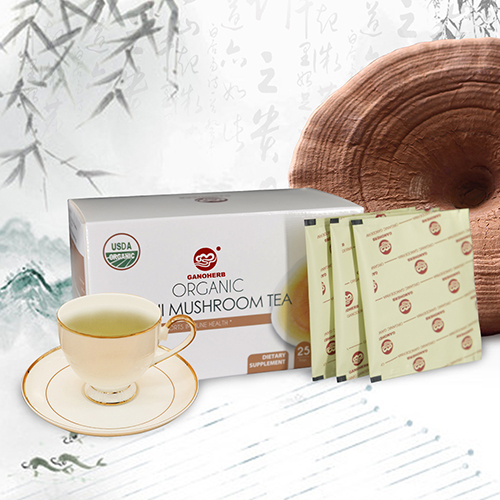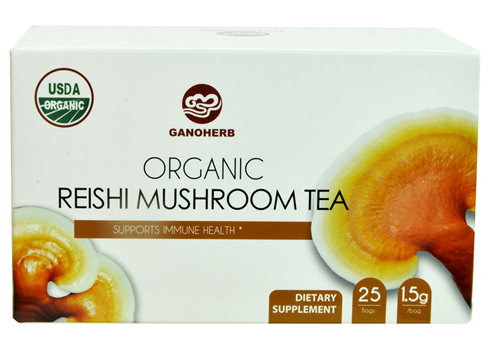Scientific name Dolycoris baccarum (Linnaeus) Hemiptera, Polygonaceae. Distributed throughout the country.
In addition to harming tobacco, the host also harms wheat, rice, corn, sorghum, millet, beans, hemp, beets, various fruit trees, and vegetables.
When damage is caused by tobacco, nymphs and nymphs suck juice on the top leaves, tender stems, flowers, and young fruits of tobacco. When severe, they cause wilting of the upper leaves or the entire heart, and then they turn brown and die, affecting the normal growth of tobacco plants. Development and yield and quality of flue-cured tobacco. In recent years, the occurrence of tobacco areas has become increasingly serious, especially in the Huanghuai tobacco area. According to a survey, after the tobacco victims in June, the wilting rate of Daejeon tobacco plants was as high as 20% to 50%.
For morphological characteristics, see wheat pests.
Life habits are born 1-4 generations. Jilin is born 1 year old, born 2 generations in Liaoning, Inner Mongolia and Ningxia, and 3-4 generations south of Huanghuai. The adults spend winters under the bark, wall joints, and weeds, and they begin their activities when the average temperature of the spring is 14-15°C. Henan Xuchang tobacco district and Anhui tobacco district are born for 3 generations. The generation of adults in the tobacco fields is in late May-July mid-July, early-July-September, mid-August and November. In the 3rd and 4th generations, the overwintering adults started in April, and in early May they entered the first generation spawning period. The eggs were prolific in wheat, fruit trees and weeds. In April-May, the main damage was wheat. In mid-May, a generation of adults began to migrate into the tobacco field to lay eggs. After harvesting wheat in early June, a large number of adults in wheat fields moved into tobacco fields, which was the most serious period of tobacco victimization. In mid-June, At the end of the spawning season, the newly hatched nymphs are harmed on tobacco. Into the second generation of July saw the beginning of adults, in mid-late July into the peak period, the tobacco continues to be harmed before topping, after the tobacco topping, the adults migrated to the corn field. The third generation of eggs appeared in large quantities in late July. After the autumn crops were harvested, the adults began to move into the vegetable fields or fruit trees and continued to feed on food. In November, the adults gradually overwintered. Adults take agile actions and can climb well. Many eggs are produced on the leaf surface or on the back of leaves and tender stems. Eggs are produced. Each egg has 10 to 20 capsules, and at most 40 capsules, 26 to 112 eggs per female egg. The duration is 5-6 days at 17-20°C, and 3-4 days at 21-26°C. The newly hatched nymphs first gather on the egg shell or around the egg masses and do not move. They need to be dispersed after 2-3 days of feeding. The nymphs have a total of 5 instars, and the completed generation lasted for more than 40 days. Adults live 12-14 days, up to 29 days. The temperature of 24-26°C and relative humidity of 80-85% benefited. Natural enemies have spotted fused egg parasitoids, rice black worms, and large eyelids.
Prevention and control methods (1) In the middle of June, when the adult was harvested, artificial killing and removal of egg mass were carried out, and the nymphs that had not yet been dispersed in the hatchery were collectively killed. (2) Pay attention to the protection or release of the beetle fused egg parasitoids and rice fusion black bees for biological control. (3) Strengthen the management of tobacco fields. The first generation of adult insects will be topped in a timely manner to reduce the number of pest sites. The number of insect populations will decline rapidly. (4) The first-generation adult enters the tobacco field, with 26-30 insects per 100 strains and the young nymphs before the bud emergence, spraying 10% cypermethrin EC 5000-6000 times or 2.5% enemy killing. Dead emulsifiable concentrate 2000-3000 times, 20% flavonoids buttermilk 2000 times, 80% dichlorvos 1000 times, 40% omethoate 1500 times, spray 100L per 667m2.
Ganoderma tea (Reishi Mushroom Tea/ Lingzhi Tea) is made of 100% USDA certified organic Ganoderma Lucidum. The Ganoderma Lucidum ingredient used for this product comes from our self-built organic Ganoderma farm located in Mt. Wuyi, Fujian, one of the largest Ganoderma origins in China. The whole cultivation process strictly follows the organic standards without any use of pesticide, herbicide, and chemical fertilizer to ensure its highest quality and efficacy.

This organic Ganoderma Tea is very convenient to carry and make. Each box has 25 individually packaged tea bags. Just open the sachet, put the tea bag in a cup and add hot water, a cup of warm and delicious Ganoderma tea will be ready for you in just 1-2 minutes.

This product has a unique mushroom flavor and a mellow sweet aftertaste. Different from other Herbal Tea on the market, Ganoderma tea has many health benefits, such as enhancing overall immunity, relieving stress, improving sleep quality and reducing allergy. It is gluten free, lactose free, and no additives or preservatives whatsoever, therefore it Is suitable for all people especially for people with low immunity or high stress.
Ganoderma Tea
Ganoderma Tea,Reishi Tea,Reishi Mushroom Tea,Herbal Tea,Ganoderma Lucidum Tea,Lingzhi Tea
Ganoherb International Inc. , http://www.ganoherb.us